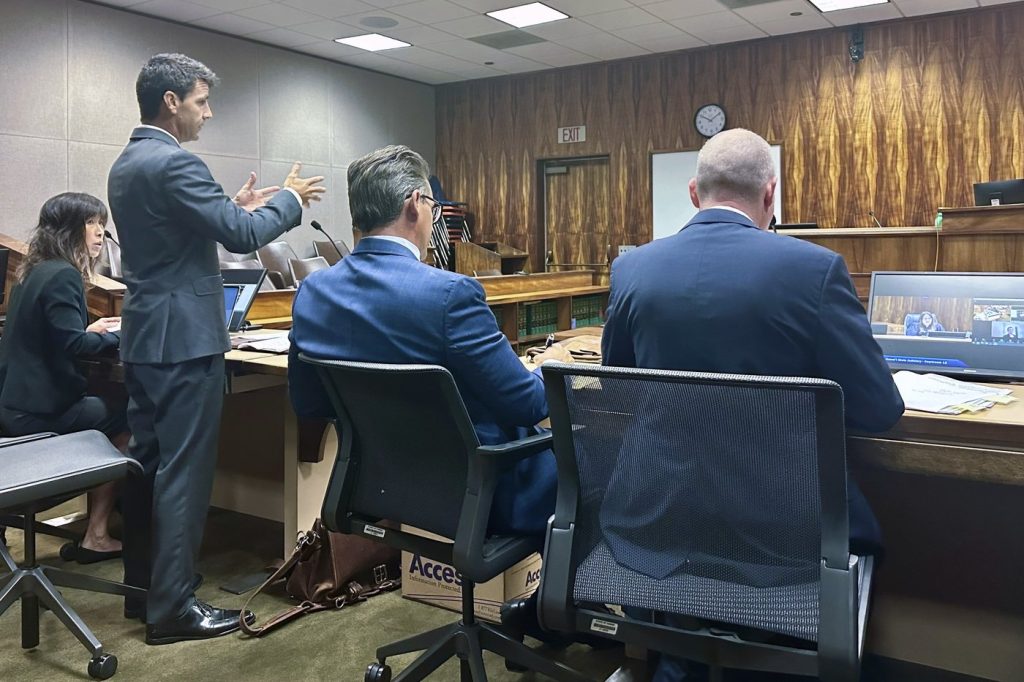Hawaii judge orders a new environmental review of a wave pool that foes say is a waste of water

Posted May 29, 2024 9:33 pm.
Last Updated May 29, 2024 10:26 pm.
HONOLULU (AP) — A judge has halted plans for an artificial wave pool until developers can revise an environmental assessment to address concerns raised by Native Hawaiians and others who say the project is unnecessary in the birthplace of surfing and a waste of water.
In granting a temporary injunction Tuesday, Hawaii Environmental Court Judge Shirley Kawamura ordered a new review of concerns including impacts on water supply and anticipated growth in the area.
A group of Native Hawaiians and other residents filed a lawsuit last year challenging the Hawaii Community Development Authority’s approval of the 19-acre (7.6-hectare) Honokea Surf Village planned for west Oahu, which found that it will have no significant environmental impacts.
Opponents of the project say the wave pool, with a capacity of 7 million gallons (26 million liters), isn’t needed less than 2 miles (3.2 kilometers) from the ocean and another existing wave pool.
Project backer and renowned Native Hawaiian waterman Brian Keaulana has said artificial waves are useful for competitive surfers to train on perfect breaks that are sometimes elusive in the ocean. Customizable surf, he said, can also help create ideal conditions to teach surfing and lifesaving skills.
“Our goal of creating a place that combines cultural education with skill-based recreation must be done in a way that does not harm our natural resources,” he said Wednesday in a statement. “The court’s ruling allows us an opportunity to revisit the environmental concerns, especially our water resources.”
The judge said in her ruling that there was “insufficient evidence for the HCDA to determine whether there is a likelihood of irrevocable commitment of natural resources and whether secondary and cumulative impacts of water use, injection, land use changes, and wildlife mitigation would likely lead to a significant impact, thereby favoring an injunction.”
The current assessment is “ambiguous as to the specific manner, time frame, and actual daily water use implicated by the initial and periodic filling of the lagoon,” the ruling said.
However the development authority did make sufficient assessment of potential impact on historic preservation and burials, it added. The HCDA declined to comment Wednesday on the ruling.
Developers say the project would be drawing from a private water company separate from Oahu’s water utility, using a supply that was committed decades ago.
But the judge noted that they draw from the same underlying aquifer.
“Thus, additional analysis is needed to fully capture the potential cumulative impact of anticipated growth and subsequent increased competing water demand,” the ruling said.
The state attorney general’s office said it was reviewing the decision.
Healani Sonoda-Pale, one of the plaintiffs, called the ruling a “pono decision,” using a Hawaiian word that can mean “righteous.”
“Much has been made about Hawaiians being on both sides of the issue,” she said. “Building a wave pool is not a cultural practice. The threat of a wave pool … is so immense in terms of how many people it could affect.”
Jennifer Sinco Kelleher, The Associated Press








